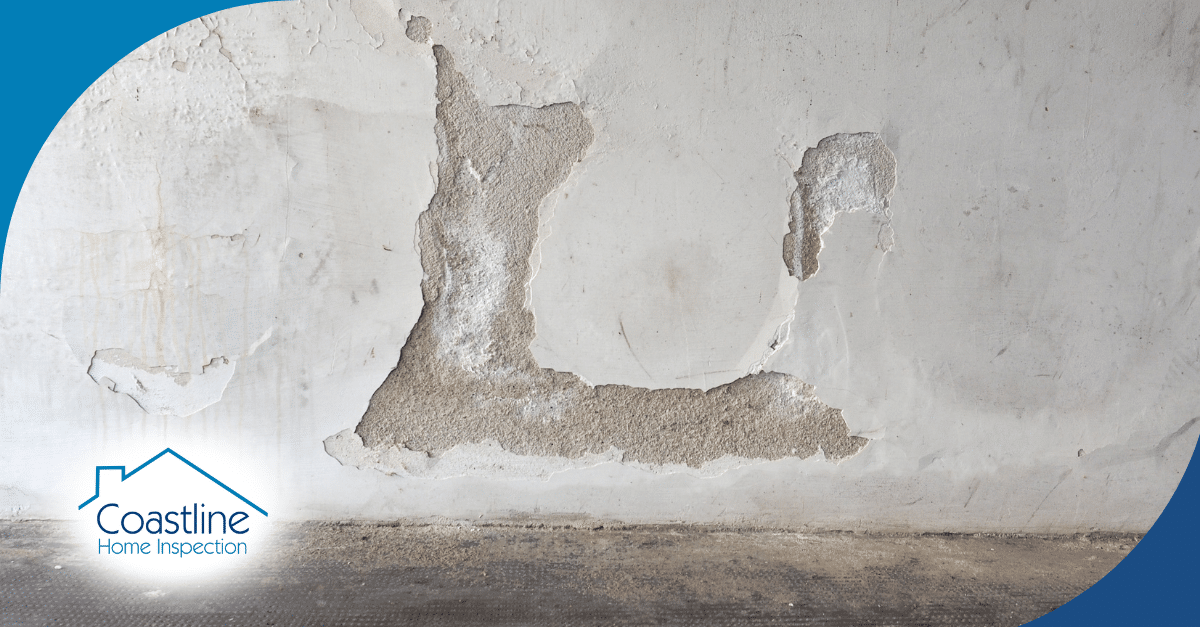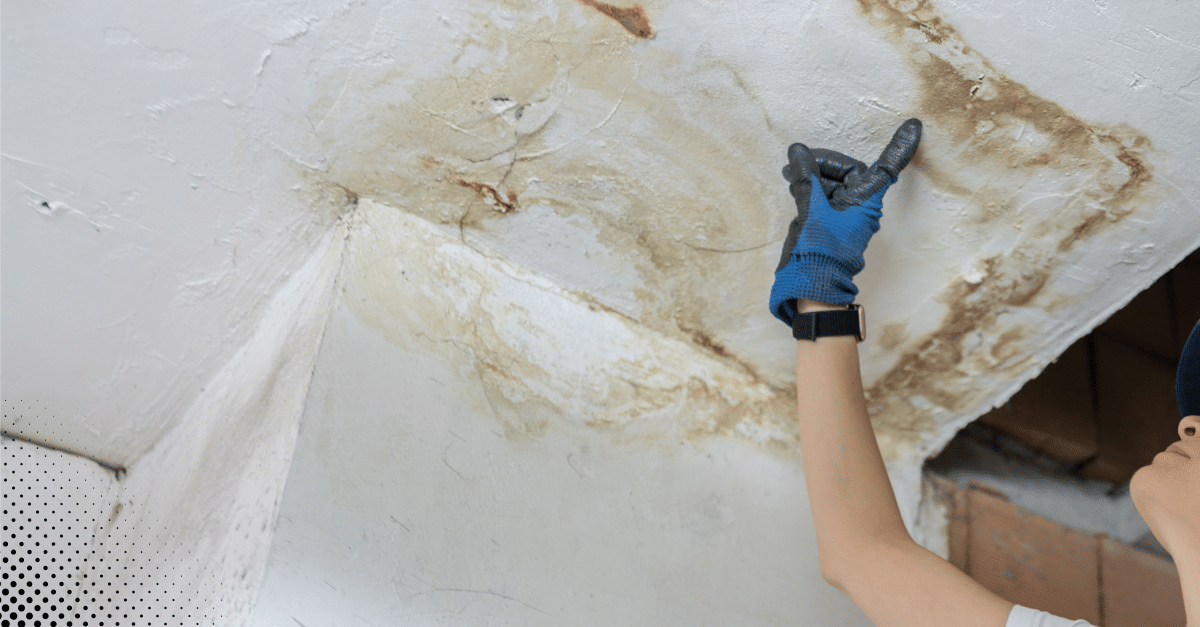 How Moisture Can Damage Your Florida Home – Signs & Prevention Tips
How Moisture Can Damage Your Florida Home – Signs & Prevention Tips
Florida’s subtropical climate brings sunshine and warmth—but also high humidity, heavy rainfall, and the occasional hurricane. These elements create the perfect storm for moisture-related damage, making it essential for homeowners to stay vigilant. From mold growth to structural damage, moisture issues can quickly become expensive if left unchecked.
Why Moisture Is A Major Concern In Florida
With average humidity levels often above 74%, Florida homes are constantly exposed to moisture stress. Whether you live along the coast in Miami or inland in areas like Orlando, you face risks such as:
– Mold and mildew growth
– Wood rot and warping
– Drywall deterioration
– Corrosion from salt air (coastal areas)
Moisture often hides behind walls, under floors, or in attics—making it hard to spot until real damage occurs.
Signs Of Moisture Damage To Watch For
Keep an eye out for these telltale signs common in homes:
– Musty Odors – Often a clue of hidden mold in crawlspaces, attics, or behind walls.
– Peeling Paint or Wallpaper – A result of moisture being absorbed into walls.
– Water Stains or Discoloration – Yellow or brown patches on ceilings or walls can indicate leaks.
– Visible Mold – Dark spots on walls, ceilings, or furnishings are often mold-related.
– Warped or Buckling Floors – Wood flooring may lift or soften due to moisture underneath.
– Window Condensation – Consistently foggy windows suggest excessive indoor humidity.
– Foundation Cracks – Standing water around your home can weaken the foundation over time.
Where Moisture Comes From In Florida Homes
Moisture intrusion can stem from several sources:
– Leaky Roofs – Damaged shingles or flashing allow rainwater inside.
– Hidden Plumbing Leaks – Slow drips behind walls are a silent but damaging problem.
– Poor Drainage – Water pooling near the foundation can seep indoors.
– Clogged Gutters – Overflow leads water straight into walls or basements.
– Unsealed Windows & Doors – Letting in humid air raises indoor moisture levels.
 How To Prevent Moisture Damage
How To Prevent Moisture Damage
Proactive maintenance is key in humid environments. Use these tips to protect your home:
– Inspect & Maintain Your Roof – Check for damage twice a year.
– Keep Gutters Clear – Clean out leaves and debris regularly.
– Seal Entry Points – Use caulk around windows and doors to keep moisture out.
– Improve Airflow – Install exhaust fans in bathrooms and kitchens.
– Use Dehumidifiers – Aim for 45–55% indoor humidity levels.
– Redirect Water Away – Ensure your landscaping slopes away from the home’s foundation.
– Get Regular Inspections – Professionals can detect hidden issues before they worsen.
Unique Challenges For Homeowners
Florida’s climate presents additional considerations:
– Humidity Control – Efficient HVAC and ventilation systems are critical.
– Hurricane Readiness – Ensure your drainage systems can handle heavy rainfall and flooding.
– Salt Air (Coastal Areas) – Use corrosion-resistant materials to prevent premature damage.
Protect Your Home from Hidden Damage – Act Now
Don’t let small problems go unnoticed until they become expensive repairs. Whether you’re seeing early warning signs or simply want peace of mind, a professional inspection is the smart step forward. At Coastline Home Inspection, we provide detailed, Florida-focused inspections that help Bradenton homeowners protect their most valuable investment.
From moisture damage and roof wear to structural issues common in coastal areas, we know what to look for. A comprehensive home inspection in Bradenton can uncover issues early—saving you time, money, and stress down the road.
🔍 Spot hidden issues before they escalate
💰 Prevent unexpected repair costs
🏠 Safeguard your home’s value and livability
🛠️ Get expert advice tailored to Florida homes
Call us at 941-250-5420 or Click here to schedule your inspection now!
Coastline Home Inspection – Helping Bradenton homeowners make confident, informed decisions.
